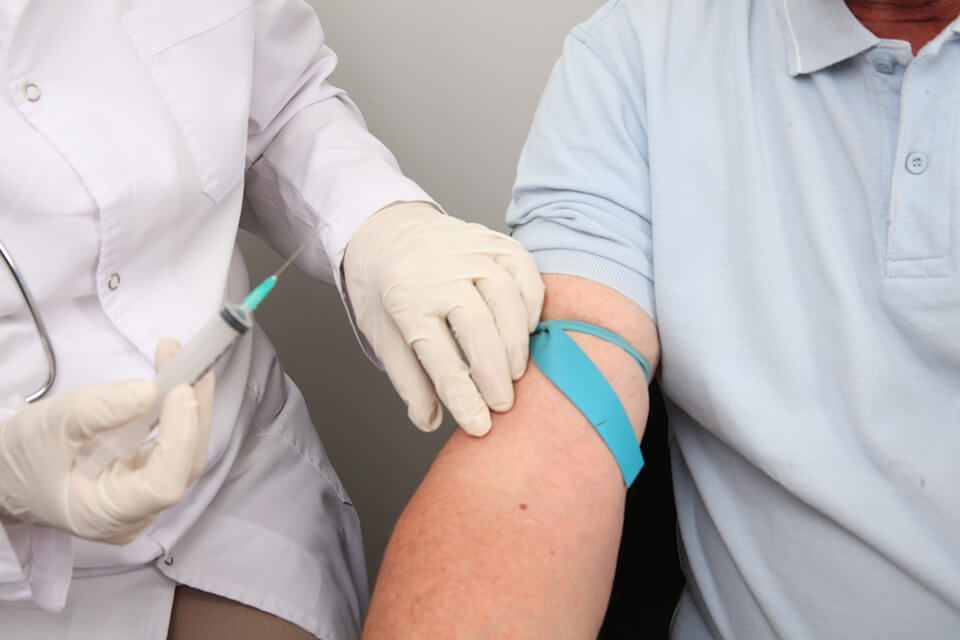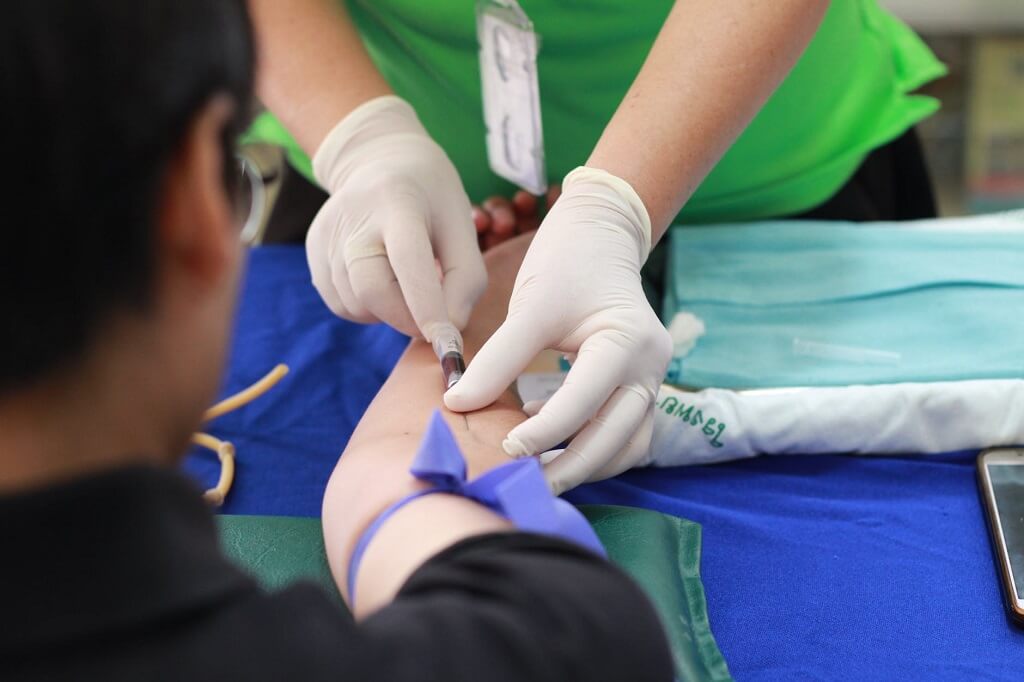How to Perform Blood Extraction Like a Pro

Phlebotomy is the process where blood is extracted from the vein via a needle or cannula. This is a crucial procedure performed by well-trained personnel in several areas, such as hospitals, medical or diagnostic laboratories and clinics.
Phlebotomists extract blood for several reasons; these include determining the presence or absence of a disease within an individual, for research purposes and for blood donations. It's extremely important that professionals who will be facilitating the extractions are well certified. Many of them are eager to learn pathology and become certified at different levels. This way, you can rest assured that the person extracting the blood actually knows what they're doing.
Blood can be extracted from several areas on the body; however, in this article we will mainly focus on the arm region because this is where the majority of blood extractions is done from.
The facility, Equipment assembly and Patient guidance
In order for blood extraction to be performed, several guidelines need to be followed by the phlebotomist to ensure the safety of all participants, the first being the location. The room where the procedure is going to take place must be hygienic, quiet and well-lit. Next, the phlebotomist will ensure that all the tools required for the procedure are assembled in front of them, or within arm's reach. Afterward, they will acquaint themselves with the patient, by knowing his name, age, determining whether the patient has any phobia from the procedure, such as getting stabbed by the needle and seeing his blood sucked out of him to be specific and try to explain the entire process.
Site selection and Hygiene
This will be followed by determining the location where the venipuncture will take place. The state, such as dehydrated individuals, and the age, for example infants, can play a determining factor in this step . Usually, a phlebotomist will use his finger and touch the arm area, in order to determine the site. For these reasons, the staff must be well trained in order to obtain the blood from different areas of the body depending on the situation presented. Next, a phlebotomist will ensure proper hand hygiene by using soap and water or alcohol, followed by putting on a pair of gloves. These gloves cannot be rewashed. That is why they are only used for a single patient and then discarded. Afterward, the site where the venipuncture will occur is disinfected, using alcohol to avoid bacterial contamination during the procedure. The site should not be touched using a finger or else disinfection must reoccurs.
Blood extraction

Lastly, a tourniquet is applied to the arm, and the patient is asked to form a fist, in order to force the veins to bulge. The needle should always be used once, even if it's the same patient to prevent cross-contamination. The design of the needle involves a bevel shaped end, which should always be pointed towards the skin, to make sure the patient does not feel any pain. After collecting the blood in the correct tubes, the needle is discarded in puncture-resistant containers and the surface are cleaned, followed by the hand hygiene procedure.
There is one rule patients need to make sure off, that is, that the doctor is bringing a sealed needle, even if it has been cleaned and never been used before, it has to be sealed. The doctor might not show much care, but you need to insist, after all, it is your health that is on the line. One last thing, just sit upright, hold your breath and count to three, and hopefully, you won't feel a thing.
839GYLCCC1992



Leave a Reply